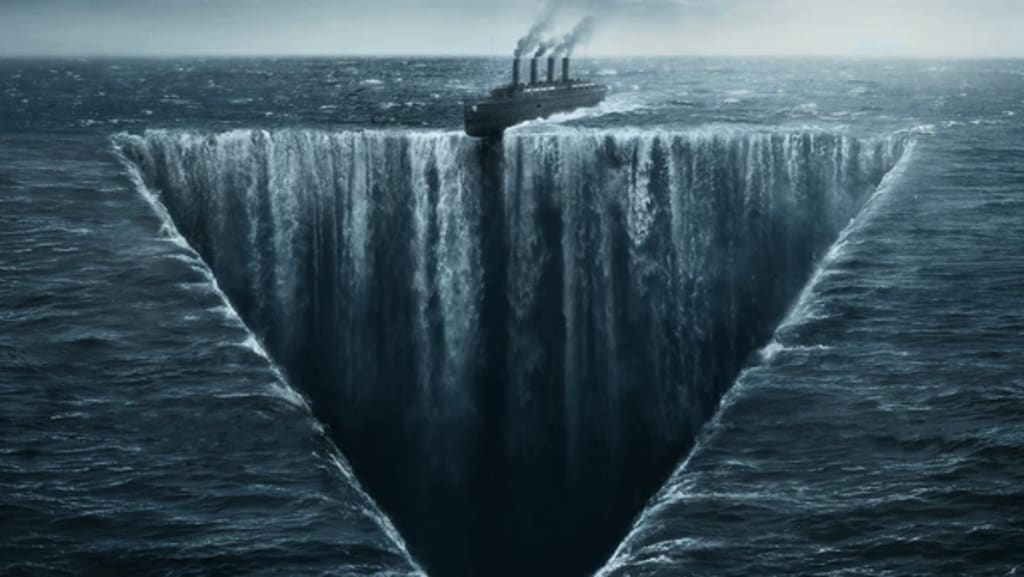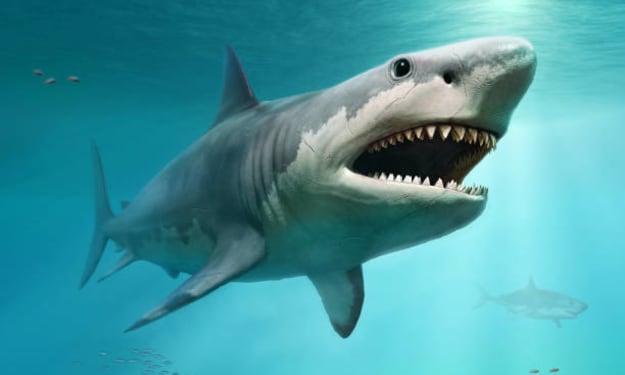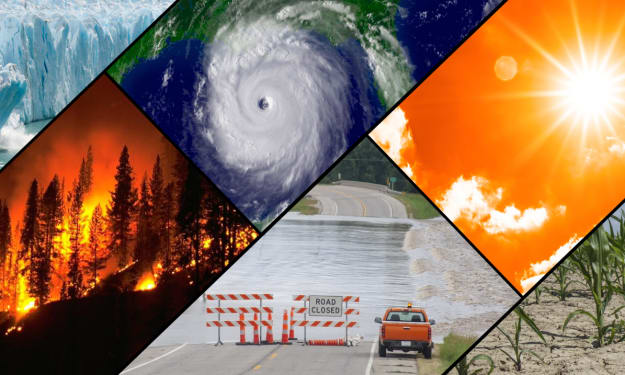
The enigmatic legend of the Bermuda Triangle remains one of the enduring mysteries that continues to elude our understanding. Let us journey back approximately 600 years, where this tale commences with an Italian visionary. This individual sought to traverse the oceans in pursuit of Asia, a continent steeped in riches, boasting spices, silk, and invaluable minerals. Recognizing the implausible duration of a land route, he envisioned sturdy ships manned by able seafarers as the solution. This visionary was none other than Christopher Columbus, whose fateful voyage commenced in 1492 with the support of Spain's royal family.
Despite his inadvertent deviation from the intended route, Columbus encountered an inexplicable anomaly upon nearing the culmination of his voyage—a discovery unbeknownst to him at the time—a traversal through the infamous Bermuda Triangle. This region, nestled between Bermuda, Puerto Rico, and Florida, has been steeped in numerous accounts of vessels and aircraft vanishing without a trace. Some were fortuitously discovered years later, while others remained shrouded in mystery, concealed beneath the ocean's depths, their fate unyielding to revelation.
The mystery of this triangular expanse has eluded comprehension for generations, perplexing scholars and explorers alike. Christopher Columbus, in his logs, chronicled a staggering event—a colossal flash that disrupted the tranquil expanse. Imagine, if you will, being adrift at sea, bereft of bearing, and encountering an overwhelming luminous burst—such a sight would surely compel even the stoutest of hearts to seek refuge below deck, as Columbus perhaps did.
Yet, the enigmatic occurrences in these waters transcend mere luminous flashes. Tales abound of extraordinary maritime anomalies—tales of the Kraken, an enormous squid capable of engulfing entire vessels, an encounter that would daunt even the most fortunate seafarer. Furthermore, narratives weave intricate yarns of colossal sea serpents in pursuit, akin to the legendary leviathan, and alluring yet treacherous sirens whose captivating melodies led seafarers to perdition against jagged rocks. In contrast, the mermaids, known for their affinity towards melody but devoid of the malevolent nature ascribed to their counterparts, offer a semblance of benevolence in these intriguing chronicles.
Returning to Christopher Columbus's odyssey, his accounts narrate not a tumultuous tempest of raging waves or torrents of rain, nor the howling gales that typify storms at sea. Instead, a singular celestial flash seized his attention. Curiously absent were the telltale signs of a thunderstorm—no ferocious downpour or tempestuous winds. In the aftermath, the compass needle, pivotal for navigation, exhibited erratic behavior, meandering aimlessly across the navigational sphere—a puzzling detail in the tapestry of events.
Contemporary scientific conjecture posits an intriguing resolution—an asteroid impact, an event deemed the catalyst for such phenomena. These cosmic entities, akin to a trove of concealed treasures, harbor within them an abundance of minerals and metals, valued at astronomical sums. The magnetic fields enveloping these asteroids, enduring across eons, potentially elucidate Columbus's compass anomalies—a theory that unravels the mysteries veiled within the Bermuda Triangle.
However, tales of maritime mystique and vanished vessels extend beyond Columbus's era. Consider the saga of the SS Cotopaxi, its final journey in 1925, embarking on a routine delivery of coal to Havana, Cuba. Lost amidst the confines of the Bermuda Triangle, distress signals conveyed a harrowing encounter with a tropical storm, leading to the ship's tragic fate. Curiously, remnants of the ship emerged in the Gobi Desert, a perplexing detail that beckoned to the inexplicable, an occurrence embellished for cinematic purposes but rooted in real-life intrigue.
Enter Michael Barnett, an individual captivated by shipwrecks along Florida's coast. His relentless pursuit and meticulous research eventually unveiled the mystery shrouding the 'bear wreck,' an unidentified vessel, later identified as the elusive SS Cotopaxi. This fervent investigation, laden with archival perusal and comprehensive scrutiny of artifacts, unraveled the tale of the Cotopaxi's demise. Contrary to mystique, the ship's tragic end stemmed not from supernatural forces but from mundane human oversight—an incomplete repair of hatch covers, leading to catastrophic flooding during the storm.
Indeed, the Bermuda Triangle teems with countless tales of inexplicable occurrences—a realm where planes and vessels vanish without a trace. Accounts of a 1948 vanishing of a passenger jet and the inexplicable disappearance of trainee pilots in 1945 defy conventional explanation, leaving lingering debates about the forces at play within this enigmatic region.
Intriguing narratives abound, such as the extraordinary account of Bruce Gernon, whose flight on December 4th, 1970, traversed the boundaries of conventional understanding. Encountering unusual phenomena, Gernon faced a series of inexplicable events within a peculiar cloud, breaching the boundaries of time and space. His journey, inexplicably condensed in duration, defied the laws of physics and comprehension, leaving experts confounded and conjecturing about dark energy and celestial anomalies.
While rational explanations such as sunspots and atmospheric disturbances offer semblances of elucidation, the mysteries persist. The Bermuda Triangle stands as a bastion of inexplicable events, beckoning further exploration and confounding the boundaries of our understanding.
The allure of the unknown persists, enticing curiosity and speculation. Should these accounts kindle your fascination, consider sharing this journey through time and intrigue.
About the Creator
Enjoyed the story? Support the Creator.
Subscribe for free to receive all their stories in your feed. You could also pledge your support or give them a one-off tip, letting them know you appreciate their work.





Comments
There are no comments for this story
Be the first to respond and start the conversation.